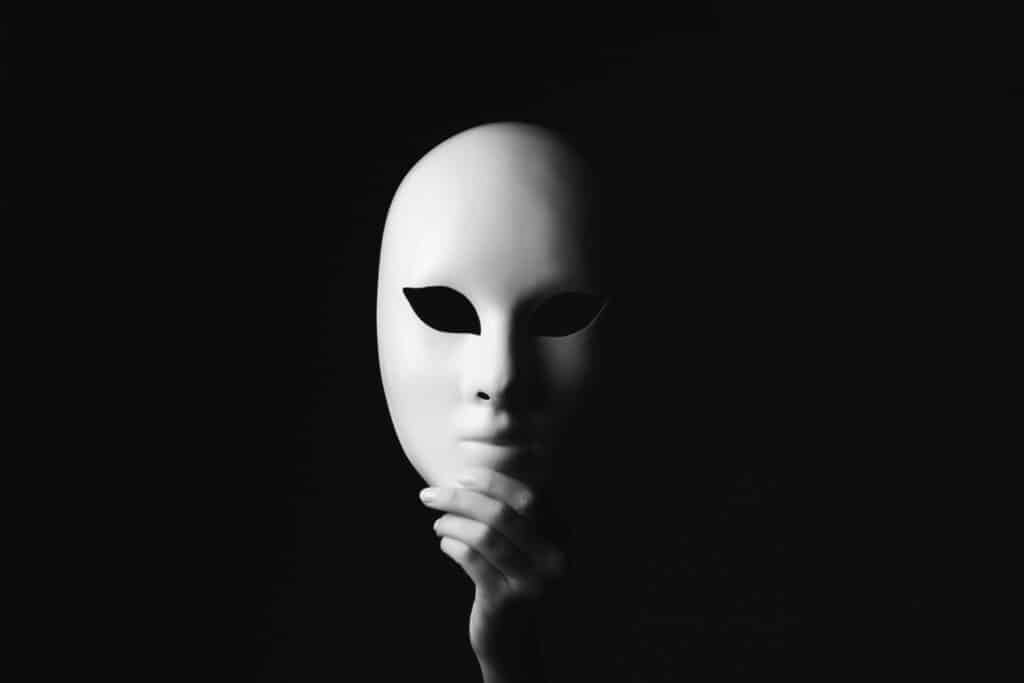It’s a message anyone with a cell phone has likely received at least once: “You won! Click here to get your $1000 prize–” followed by a suspicious-looking link.
A scarier text may say something like, “Your bank account will be closed unless you provide your PIN right away.” Unfortunately, spam text messages like these are not uncommon, nor are they to be taken lightly.
In fact, according to the FTC, nearly $330 million in losses were attributed to text scams alone in 2022. That’s more than twice the reported losses in 2021, meaning that people are losing more money to scam messages than ever before.
Children are at risk of falling victim to these scams as well, especially if they don’t know what to look for regarding scam messages. Their innocence prevents them from seeing the bigger picture of what scammers will do.
Let’s talk about how you can protect yourself and your family from scam text messages.

What are Spam Text Messages?
Scam text messages are sent in order to obtain money or other goods from unsuspecting victims by fraudulent means, such as lies, threats, and empty promises.
Junk messages can be received on any device with any kind of messages app. That can include a child’s phone. Often these scammers use an unknown number that you won’t find in your contact list or call registry.
The goal of these defrauders is to send out as many spam messages as they can to as many people as they can in the hopes of turning a handful into their next victims. Spam texts on Android or Apple devices will be the same, and any phone user is susceptible to receiving a scam text message, even, and perhaps especially, children.

What are the Types of Spam Messages?
Scammers are creative, so it’s important to know what new methods they employ. Most popular among scammers are phishing scams.
Phish-ing: the fraudulent practice of sending emails or other messages purporting to be from reputable companies in order to induce individuals to reveal personal information, such as passwords and credit card numbers.
—Carleton School of Computer Science
Online scammers will pretend to be from organizations and will use urgent language to fear-monger individuals into doing what they ask.
Banking scam
One of the most common text scams involves sending messages that appear to be from a banking institution.
Scammers know that messages like this look scary. You care about your finances and you want to protect them!

However, messages like these are not legitimate. If there has been a problem with your account, your bank won’t ask you to click on a suspicious-looking website or call a number that isn’t their official number.
When in doubt, give your bank a call to make sure that everything is okay.
Children don’t know to be suspicious of text messages, so it’s important that they’re informed of the professional business practices of banks and other organizations so they don’t fall victim to schemes like this later in life.

Pretending to be someone
Another common tactic of scammers is to pretend to be someone you know, like the CEO of the company you work at, for example.
In this example, they’ll use a tone of anxiety and time-sensitivity to pressure you into doing what they ask. They may request that you purchase gift cards for the company and that they’ll pay you back later.
If you receive a message like this, bring your children into the conversation and allow them to see how fraudsters talk and what they ask.
A scammer could also send a message that looks like an accidental wrong number. The scammer could spark up a conversation using a name other than your own. This is to bait you into responding. When you correct the individual and let them know that they have the wrong number, the scammer will usually take the opportunity to start a friendship, build trust, and eventually scam you.
Children are especially susceptible when it comes to building friendships, and they need to be aware that real friends are made in the real world, not by random text messages.
Worse, when children become entangled in a fake friendship with a scammer, they could be beguiled into giving away sensitive information, including credit card information.
Redirection to an unsafe website
Scammers will redirect individuals to unsafe websites by having them click a link, and this can happen in a number of ways. They may promise a gift and goad you with a link to obtain it. Children can be enticed by the promise of money or toys.
Scammers could claim to be a legitimate government agency attempting identity verification through a social security number. Children need to know how real identity verification works, and that it will never be attempted over text.

How to Recognize Scam Text Messages
Of course, the best way to proceed would be if our children came to us with any text message that seemed fishy. However, they may be embarrassed or forget to consult us before falling into a scam.
Teaching our children the tell-tale signs of a scam message may help prevent them from getting scammed out of their money or identity, either now or down the line.
Too good to be true
An easy way to tell if a message is a scam is simply if it’s too good to be true. Kids need to know that businesses and other entities don’t just give out money to their customers, especially not large sums.
If it sounds too good to be true, it probably is. Of course, reassure your kids that no matter how small or silly it may seem, they can come to you and receive guidance on suspicious-looking messages.
Unknown number
Now, just because you received a message from a number not yet in your contact list doesn’t mean that it’s a scammer. However, kids do need to know what a legitimate message from a legitimate business looks like.
You can pretty much count on a message being from a real organization if it was sent from a 6-digit short code, like 614876, for example. These codes are created by major wireless carriers to help companies send out marketing information.
10-digit phone numbers could be from a scammer, or they could be legitimate. Other context clues like content can help you know if it’s a real message or a scam.
However, messages from an unidentified 11-digit number are most likely scam messages and can be safely ignored.
Suspicious links and promises
Kids need to know that real companies won’t offer prizes out of the blue, nor will strangers who are pretending to be friends. Real companies also won’t attach long links that don’t have their company name in the link.
If they feel nervous about a message, they can always reach out to the actual organization themselves and make sure that what they’re reading is a scam.

How To Stop Spam Texts
While it may be tedious to stop spam messages from ever reaching your or your child’s device, there are a few precautions you can take.
Report and delete spam messages
You can report spam messages, either to the Federal Trade Commission directly, or to your cell phone carrier. These reports help stop future messages from reaching your phone.
You can delete and report spam messages at the same time on an Apple device, and you can block, report, and delete messages with Android phones as well. Blocking spam texts will keep some fraudulent texts from getting through.
Don’t reply to scammers
Engaging with scam messages, even to tell the scammer to stop, is the quickest way to let them know that yours is a functioning number attached to a real person. To keep further scam messages from coming in, don’t respond to them.
Enable spam protection
There are ways to prevent spam messages from ever arriving in the first place. Android devices offer spam filtering that may be worth a shot. To enable spam protection on an Android device, open the Phone app, tap the three dots, go to Settings, and then select “Spam and Call Screen.” From there, you can turn the “See caller & spam ID” option on or off. This should help to filter unknown senders out of your messages.
Get kid-safe messaging
Gabb phones offer protection from spam messages through Gabb Messenger, which filters out over 95% of spam and other harmful messages before they can even reach your child. Other questionable content is automatically flagged to give parents the opportunity to have conversations with their kids that can prevent future problems.
Unlike other messaging apps that tack on safety settings as an afterthought, Gabb Messenger was designed with kids and teens safety as the top priority.
Gabb watches never allow messages from unknown numbers to come through, since only an approved list of contacts can message the watch.
What do you think?
What worries you most about spam when it comes to your kids? Have you had any experiences that might be helpful for other parents to hear? Let us know in the comments.









Success!
Your comment has been submitted for review! We will notify you when it has been approved and posted!
Thank you!